Ph.D. in Urban and Regional Planning
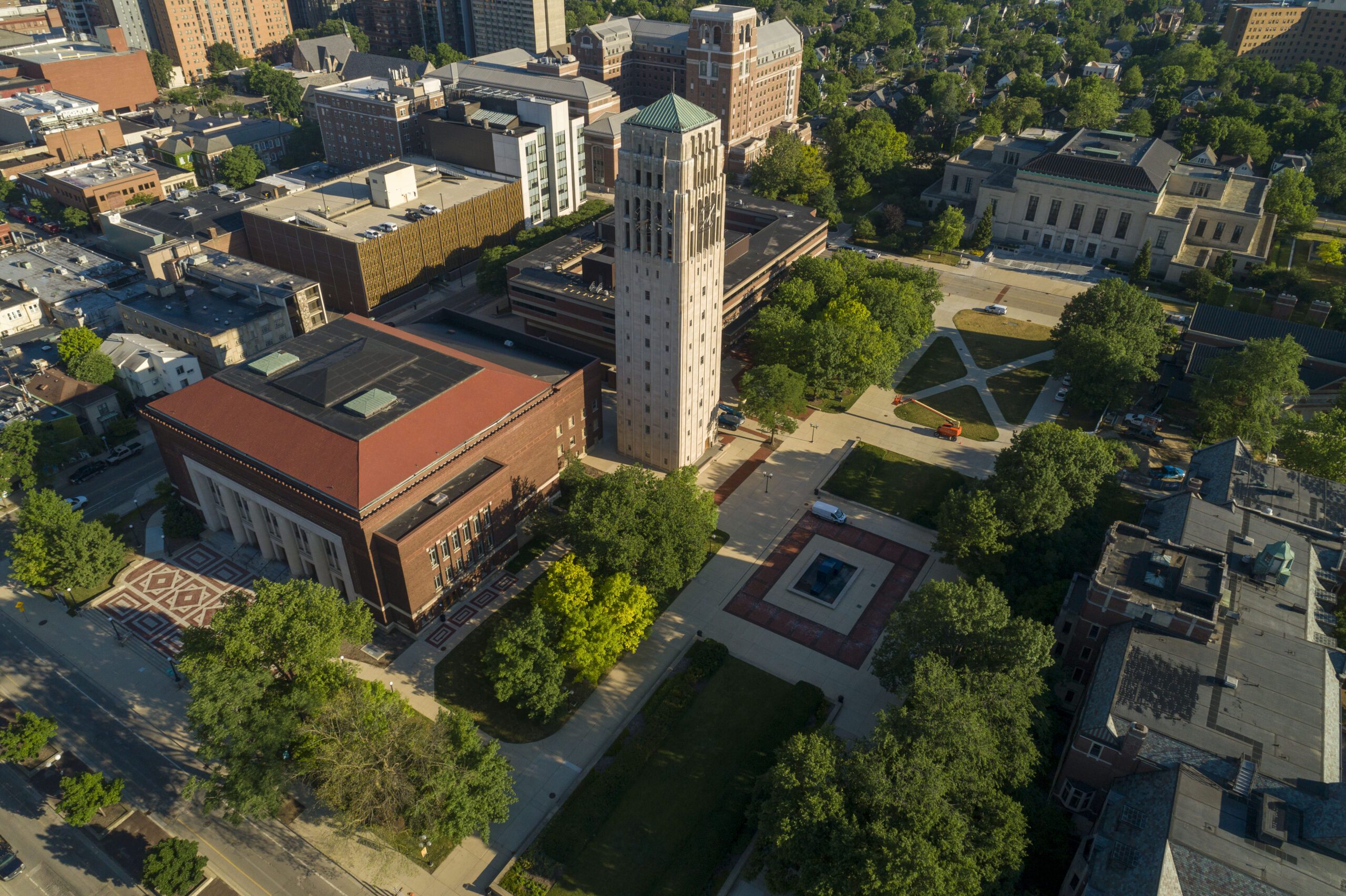
The Ph.D. in urban and regional planning trains scholars for careers in higher education, research, and high-level policy positions. It is a doctoral degree with a flexible, interdisciplinary focus. Graduates work in universities, government, nonprofits, and the private sector, in the U.S. and around the world.

Program History
The doctorate in planning began in 1968 as the Ph.D. Program in Urban and Regional Planning under the Office of the Vice President for Academic Affairs. It was initially a university-wide Ph.D. program with faculty participation from many colleges throughout the university. In the late 1970s, the degree moved into the Rackham Graduate School. The name changed to the Ph.D. in Urban, Technological, and Environmental Planning (U.T.E.P.) in 1982.
The degree moved into the College of Architecture and Urban Planning in 1989 and administratively merged with the professional program in planning to form the Urban and Regional Planning Program. The degree is now known as the “Ph.D. in Urban and Regional Planning,” a name change made in 2004. In nearly 60 years of existence, the program has granted over 215 Ph.D. degrees. Graduates hold faculty positions in a range of departments in universities, government, research organizations, and consulting firms.

Specialization
Doctoral students specialize in a wide range of possible topics. The doctoral curriculum integrates analytical methods, research design, a rigorous understanding of urbanization dynamics, and an examination of broader social theories, processes and policies.
The highly individualized course of study operates under the premise that concepts and methods from a wide range of professions and academic disciplines are applicable to urban and regional systems. Accordingly, students rely on faculty resources not only from Taubman College of Architecture and Urban Planning but also from other schools, colleges, and institutes of the University of Michigan.
Students commonly take courses in the social sciences and in the professional schools. This emphasis on interdisciplinary collaboration, and on the links between theory and action, are defining characteristics of the doctoral planning degree at the University of Michigan.
Primary Specialization
Students are expected to demonstrate an understanding of the literature, theory, and methods from a primary area of specialization. Each student defines this area of specialization in consultation with their faculty advisor(s). An area of specialization might be, for example, transportation planning, community development planning, regional planning, environmental planning, and so on. (If appropriate, a student may further focus their area of specialization by demarcating a subfield within a broader planning topic, such as economic development finance within local economic development.) Students take graduate-level course work in the appropriate discipline(s) and complete a comprehensive examination (described below).
During the first semester in the program, each student should meet with their advisor(s) to:
1. Identify Specialization

Discuss the student’s goals and interest in doctoral study and identify an area of specialization.
2. Coursework

Develop a program of study indicating courses to be taken, or courses that have been taken, covering the appropriate literature (theory and method) for the area of specialization. Students will normally take coursework totaling approximately 9 to 12 credit hours for the area of specialization. (Note: One or two courses taken for the master’s degree may apply for either the primary or secondary areas of specialization, but master’s level work normally should not be relied upon too extensively for the purposes of doctoral-level study.)
3. Directed Study

As three of these credit hours, a student is expected to take a directed study course with their primary advisor and a second faculty reader during either the winter term of the first year or the fall term of the second year of study. The purpose of this directed study is to conduct a literature review that will demonstrate the student’s ability to review and synthesize a body of academic work and that will advance the student’s efforts toward identifying a topic for dissertation research. The directed study is evaluated on a pass/fail basis; initial drafts must be revised until they are of passing quality.
Secondary Specialization
In addition to the primary area of specialization, each student must also identify a secondary area of specialization (i.e., a “minor field” or “outside field”) in consultation with their faculty advisor(s). The secondary area of specialization is frequently from a discipline outside urban and regional planning.
Sample Secondary Specialization Areas

- Urban politics
- Urban history
- Urban sociology
- Demography
- Development economics, environment, behavior, etc.
Students normally take at least six to nine credit hours in this secondary area. Students demonstrate sufficient knowledge in this secondary area (and their ability to integrate the secondary area into their main area of specialization) through their comprehensive examination.
Community and Connections
You will be well-supported by a large and inclusive community of students, faculty, and staff who are knowledgeable, curious, collegial, and just as excited about urban planning as you are. They bring a variety of experiences and points of view. They will be your sounding board, your support network, and your friends.
Faculty Available as Committee Chairs


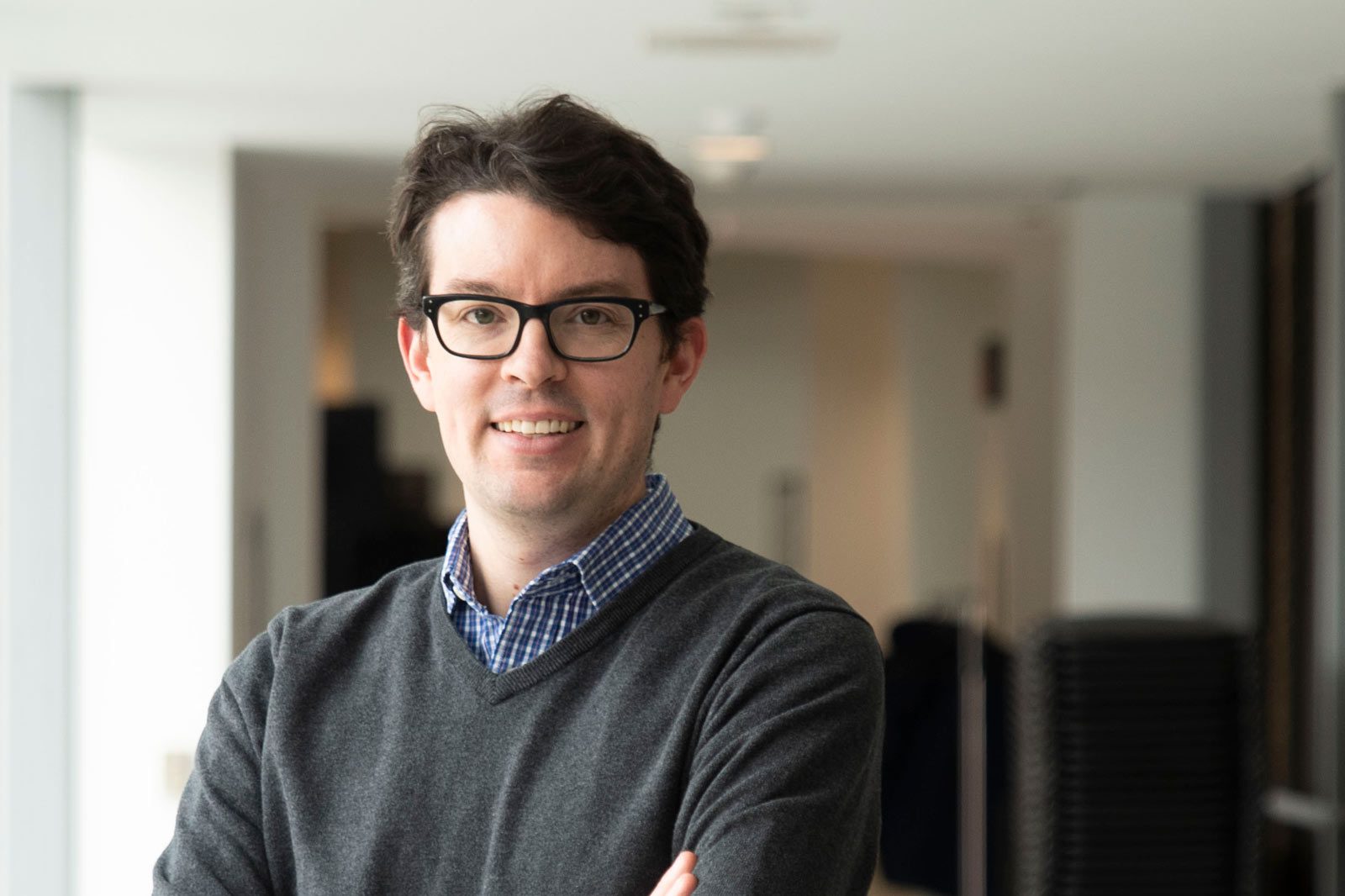

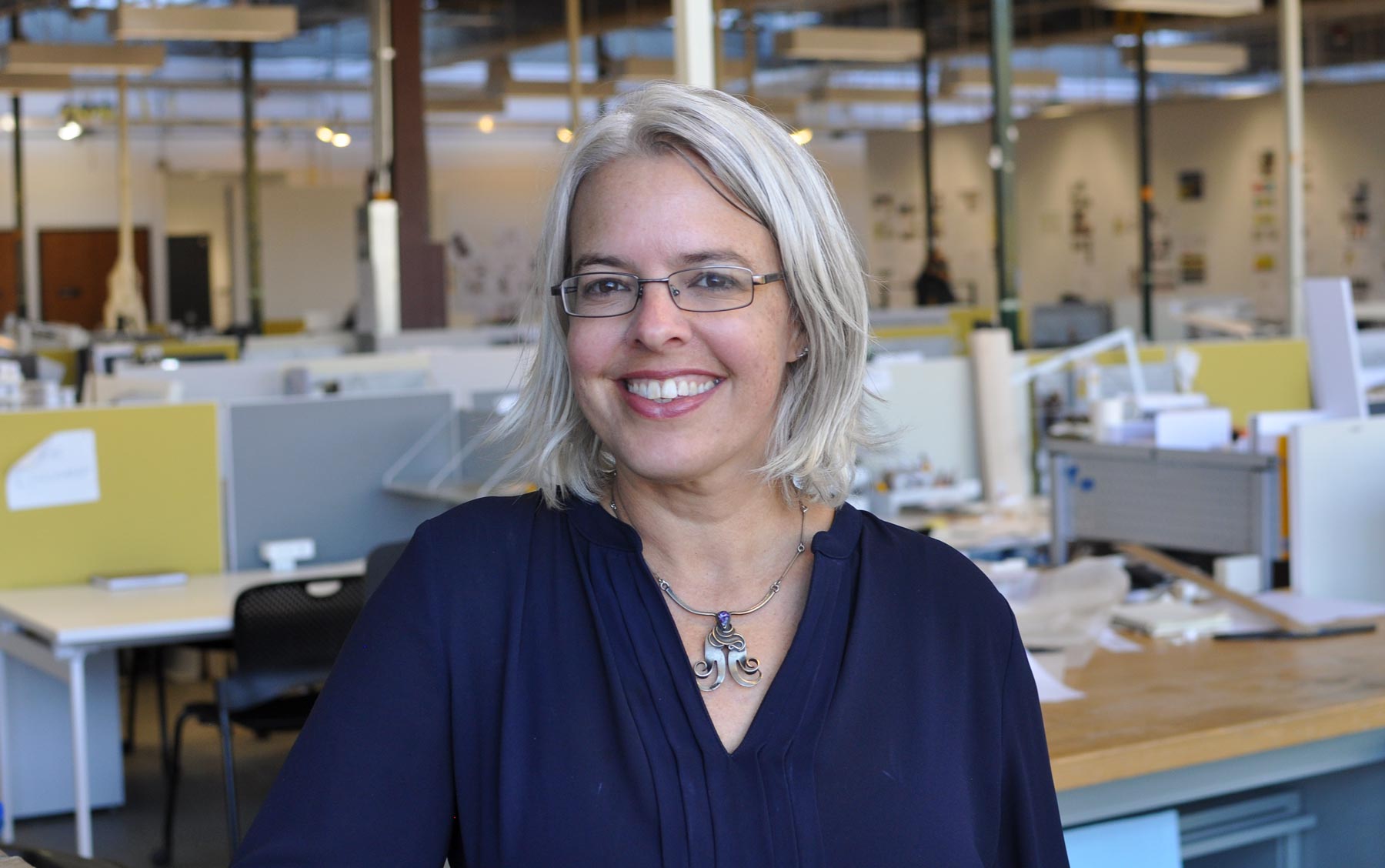
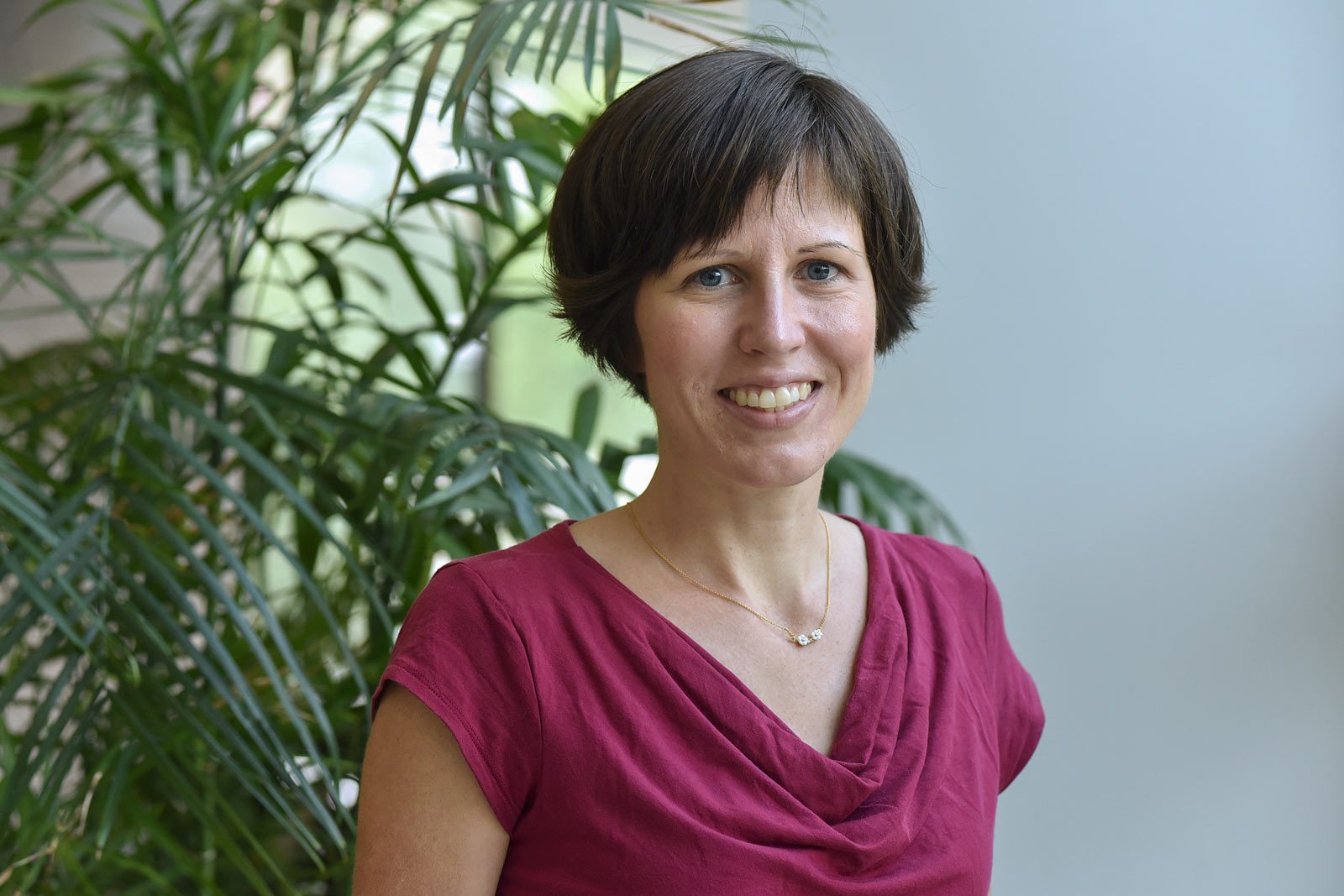
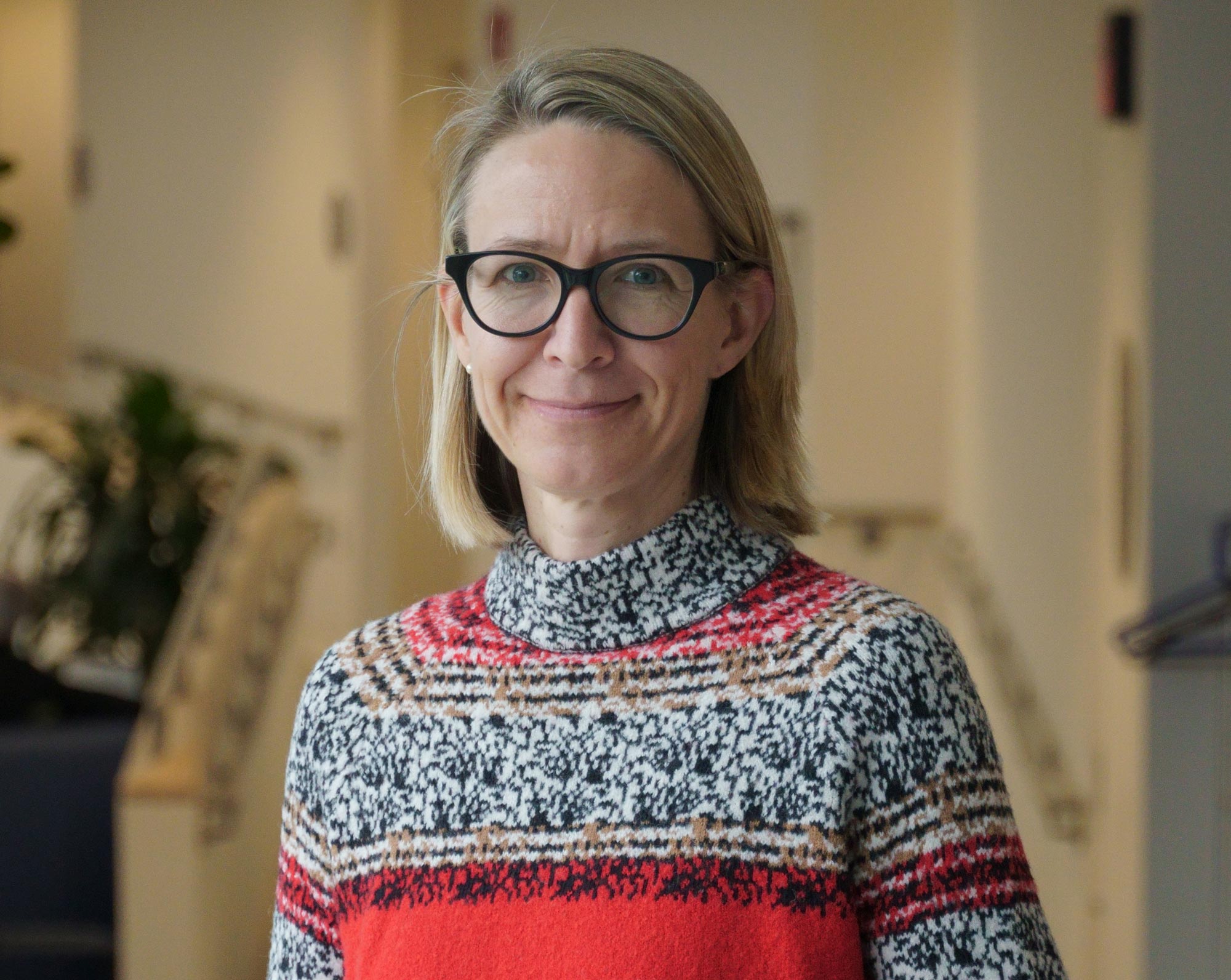

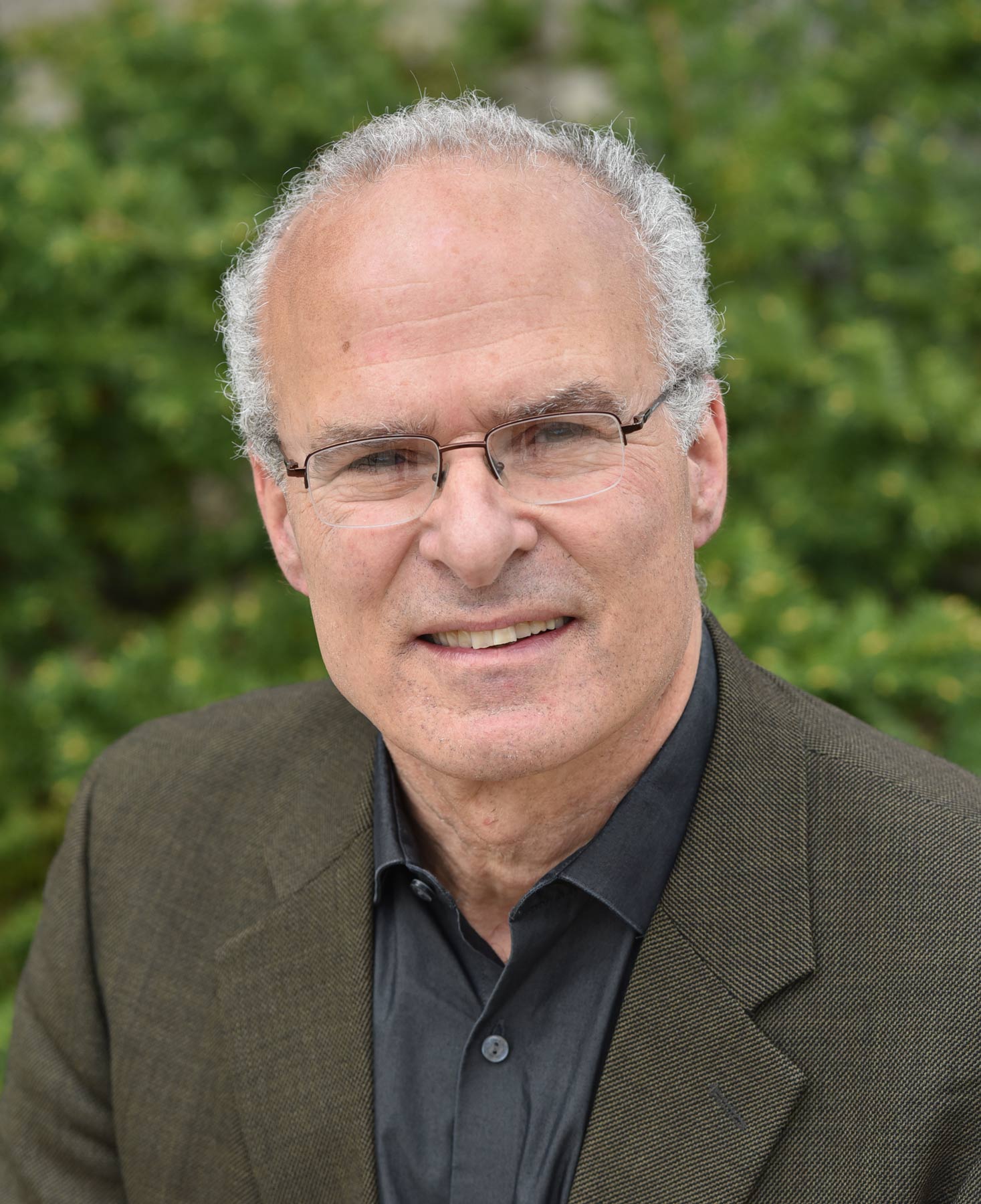
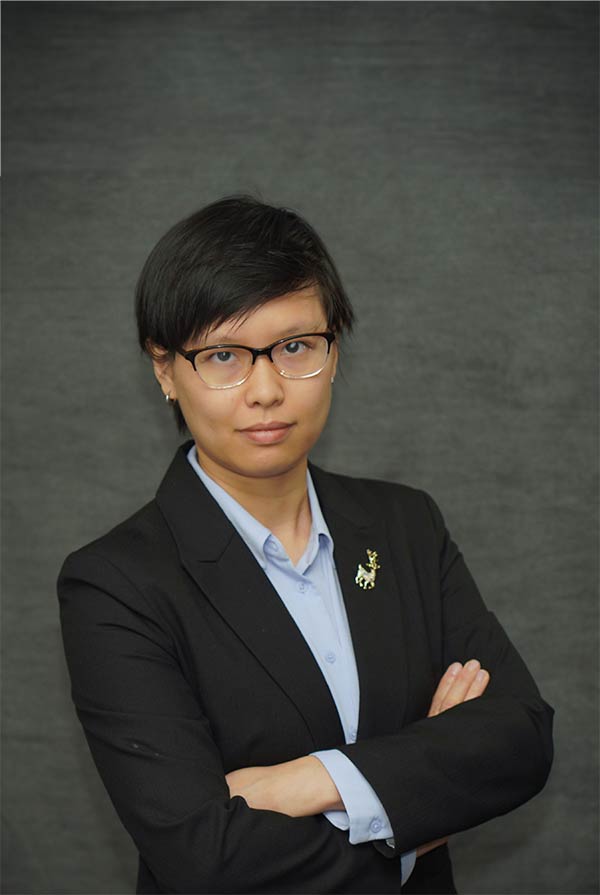
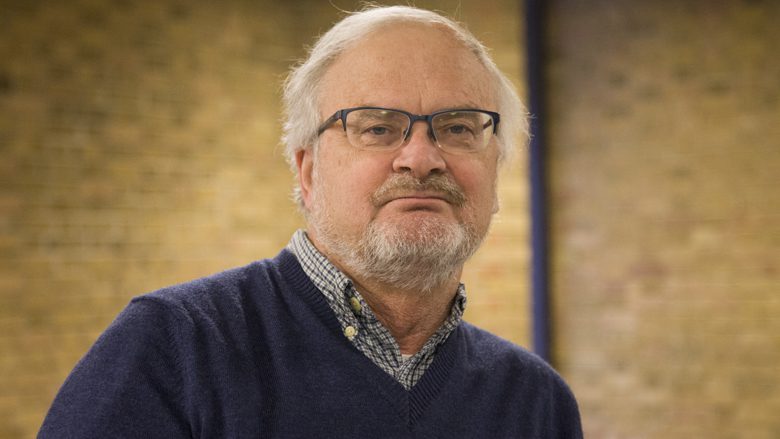

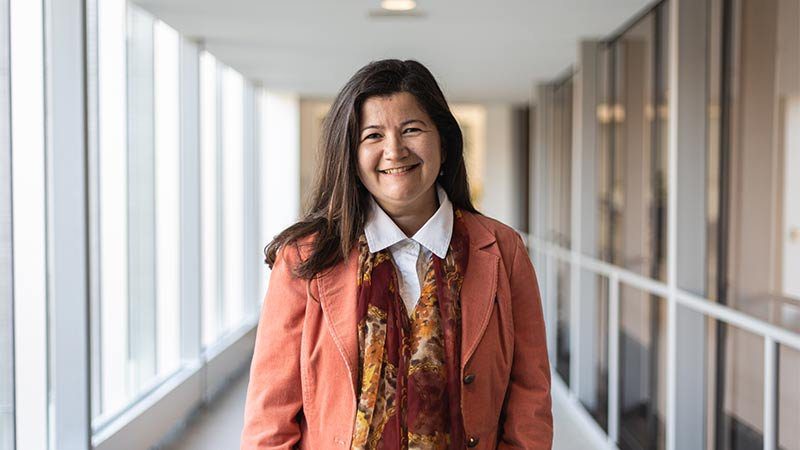
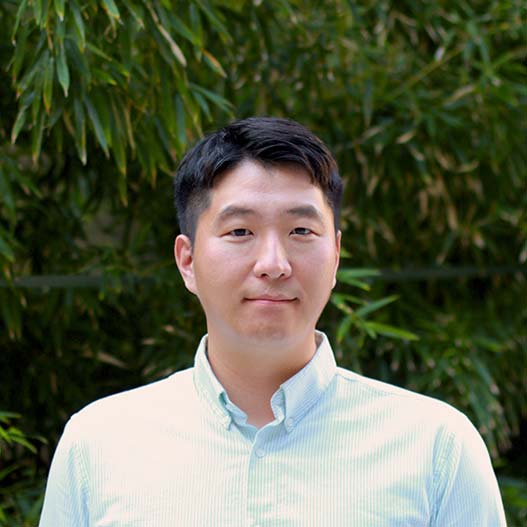
Making decisions about the next step in your educational journey is a time full of opportunity and potential; however, it may also be accompanied by concerns about costs. Taubman College provides full funding to all students admitted to its doctoral programs, including a full tuition waiver, health insurance, and a generous stipend package.






